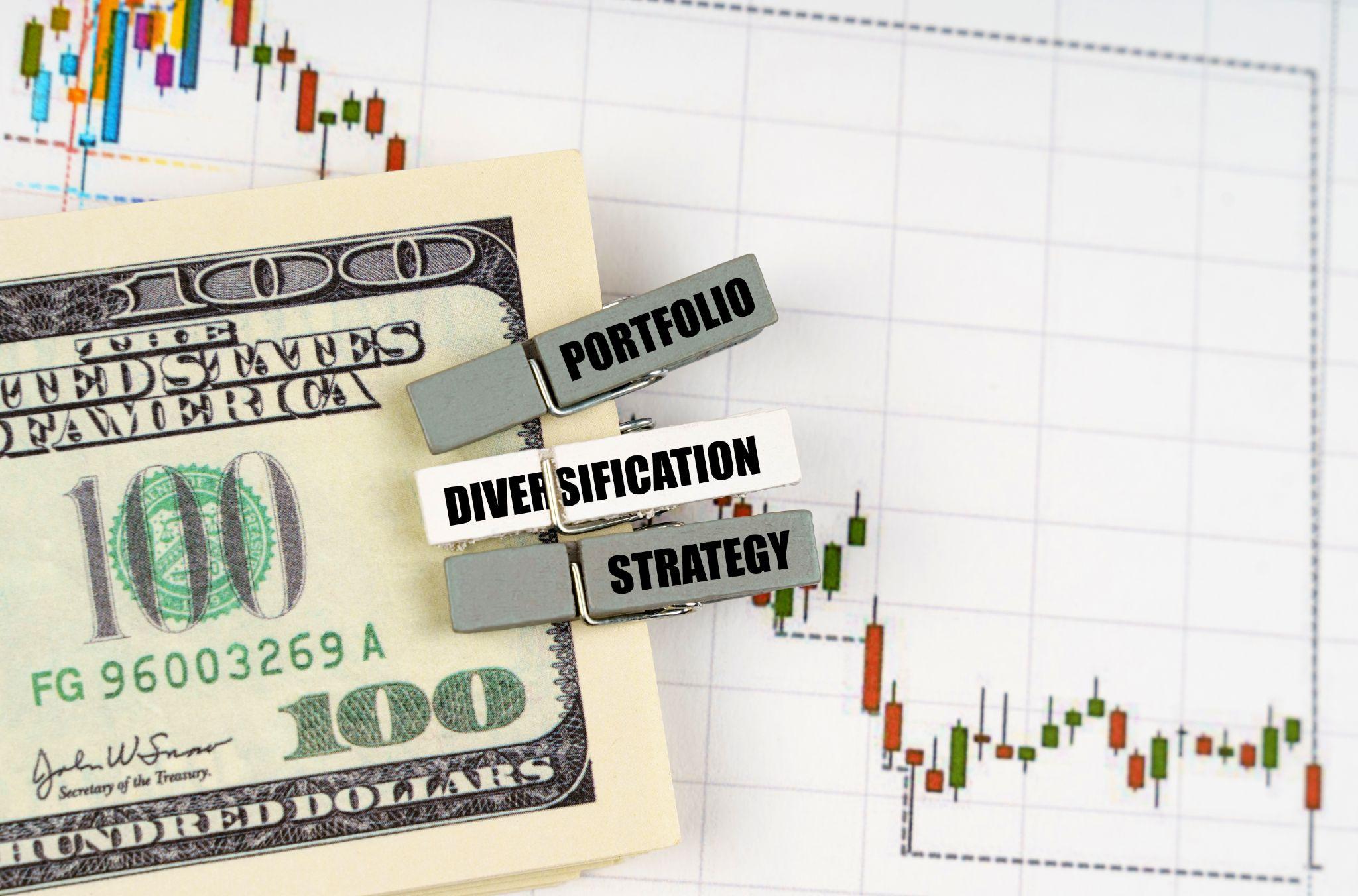
Investing can be a powerful tool for building wealth, but it comes with its share of risks. One of the foundational strategies for mitigating these risks is through diversification. Often heralded as the cornerstone of prudent investing, diversification involves spreading your investments across various asset classes to reduce exposure to any single asset’s volatility. In this guide, we’ll explore the concept of diversification, its benefits, and strategies for building a diversified investment portfolio.
Understanding Diversification
Diversification is more than just a buzzword in the investing world; it’s a strategic approach to managing risk and enhancing potential returns over the long term. By investing in a mix of asset classes, such as stocks, bonds, real estate, and commodities, investors can shield themselves against market volatility. The rationale behind diversification is simple: when one asset class underperforms, another may outperform, thereby offsetting losses and stabilizing the portfolio’s overall performance.
The Components of a Diversified Portfolio
Building a diversified portfolio requires an understanding of the different asset classes and how they interact with each other. Here’s a breakdown of the primary components:
H3 Equities (Stocks)
Equities represent ownership in companies. They offer high return potential but come with higher volatility. Diversification within equities can be achieved by investing across different sectors, geographical regions, and market capitalizations.
Fixed Income (Bonds)
Bonds are loans investors give to corporations or governments, which in return, promise to pay back the principal with interest. Bonds typically offer lower returns than stocks but are less volatile, providing a stabilizing effect on a portfolio.
Real Estate
Real estate adds another layer of diversification, as it often moves independently of stocks and bonds. Investors can gain exposure to real estate through direct property investments or real estate investment trusts (REITs).
Commodities
Commodities, such as gold, oil, and agricultural products, can serve as a hedge against inflation and diversify away from traditional financial assets.

Strategies for Diversification
Achieving optimal diversification involves more than just allocating investments across asset classes; it’s about finding the right balance that aligns with your investment goals, time horizon, and risk tolerance.
Asset Allocation
Asset allocation is the process of determining the proportion of each asset class in your portfolio. This decision is crucial as it has a significant impact on your portfolio’s risk and return profile.
Regular Rebalancing
Market movements can cause your initial asset allocation to drift, necessitating regular rebalancing to maintain your desired level of diversification.
Diversification Across Sectors and Geographies
Investing in different sectors and regions can reduce the risk of significant losses, as economic conditions affecting one sector or region might not impact others in the same way.
The Ethical Dimension of Diversification
Incorporating ethical considerations into diversification strategies is gaining popularity. Ethical investing involves selecting investments based on personal values, such as environmental sustainability, social responsibility, and corporate governance.
Navigating Market Volatility
Diversification is a key strategy for navigating market volatility. By spreading investments across various asset classes, investors can cushion the impact of market swings, ensuring a smoother investment journey.
Technology and Tools for Diversification
Advancements in technology have made diversification more accessible to individual investors. Robo-advisors and online investment platforms offer automated solutions for building and maintaining a diversified portfolio based on personalized investment criteria.
Building a diversified portfolio is a dynamic process that requires continuous monitoring and adjustment. By understanding the principles of diversification and applying them strategically, investors can protect themselves against market downturns and work towards achieving their long-term financial goals. Embracing diversification not only spreads risk but also opens up a world of investment opportunities, providing a solid foundation for financial growth and stability.












